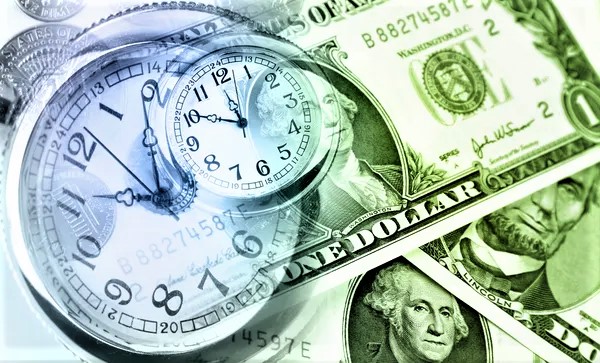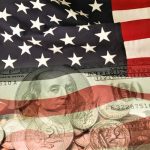Oct 07, 2022
VOT Research Desk
Increased hawkish attitude from the Federal Reserve will increase the likelihood of swift rate increases.
The dollar is expected to continue to rule, and stock increases will probably continue to be bear market rallies.
At least winter is not for the American labor market, which is still robust and saw another solid gain in employment last month. Increasing by 263K puts the total barely under the whisper number of 280K and just beyond the 250K seen on the economic calendar. Ahead of schedule, leading signs were released. In contrast, Jerome Powell, the chairman of the Federal Reserve, has talked about suffering and how the economy must struggle for inflation to decline.
I want to point out that the US economy added almost 200,000 jobs prior to the pandemic, which was seen as solid, steady development, to put this NFP into perspective. The economy is performing well.
It doesn’t take a bad employment report for the Fed to pivot away from fast rate increases. For the Fed to begin slowing its rate rises and signal the beginning of the end of its tightening, the NFP just has to be fewer than 100K. According to September’s data, a fourth straight 75 bps increases seems assured.
Which month is December? Markets expect a 50 bps increase, and there is less likelihood that it will be reduced to 25 bps. Soon, attention will turn to the crucial Consumer Price Index (CPI) data due out the following week.
Peak Fed hawkishness and a market rebound depend on seeing peak inflation in the rearview mirror. However, current strong employment growth imply that one poor inflation data is insufficient for a Fed shift — nor a market one — in light of Powell’s pain remarks in Jackson Hole. After slowing down in July, inflation reared its ugly head in August. The job market is attractive—too attractive to reassure dollar bulls or stock investors.









